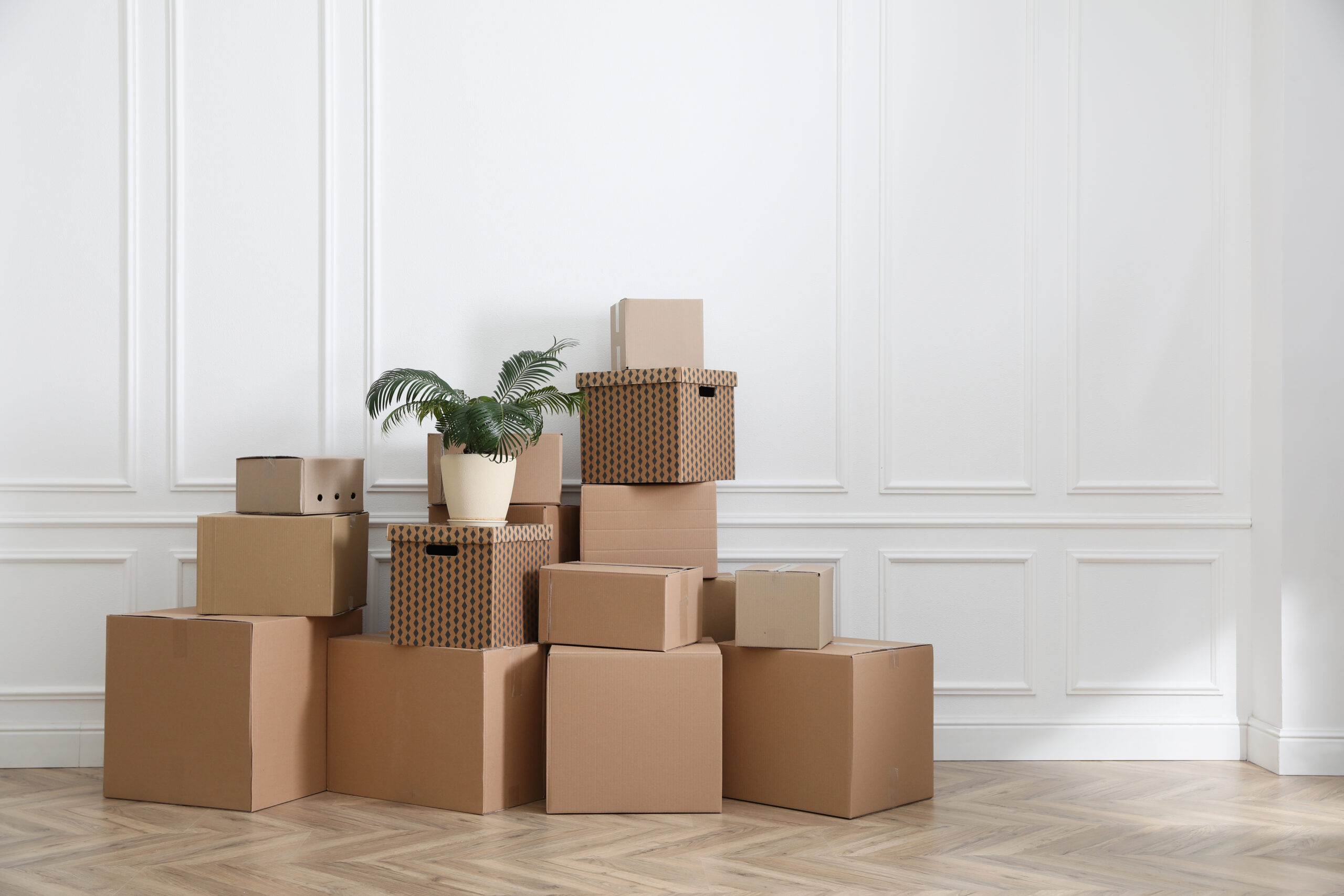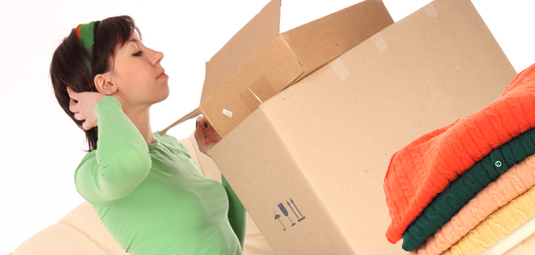DETAIL OF ALL THE NECESSARY STEPS FOR AN OPTIMAL PACKAGING
PACKAGING VIDEO TUTORIALS
When we are clear about what we can carry and what not, in our moving boxes, and how to organize ourselves for it… another question immediately arises; What boxes should I use? How should I place my belongings so that they arrive in perfect condition at my new home? How should I assemble the cardboard box?
For this reason MUDANZAS LÓPEZ has created various helpful packaging videos, to make your move a success.
And remember….
1. It is important to choose a good cardboard box, a cardboard box designed for removals and not one that was not designed for it, such as detergent boxes, electrical appliance boxes, etc…
2. When we assemble a cardboard box, we should not cross the flaps of the box to save adhesive tape or time, they are usually disassembled with the same ease with which they have been assembled.
3. If it is a new box, we will take it out of the package, we will open it, we will close the small flaps first and then the big ones, we will tape at least one longitudinal tape and two other transversal ones.
4. It is important that when we fill the cardboard boxes (with whatever content) they are always completely full. Otherwise, the boxes may collapse or break when stacked.
5. Likewise, it is not convenient for them to be filled too much until they become deformed, because it does not facilitate stacking or transport, as they are no longer stable. They can fall over when stacked.
6. Depending on the content of the furniture, we will use one type of packaging or another, the type of box being small against the heavier the content, or larger if the content is bulky.
7. It is important to indicate the content of the boxes as well as to number them to have better control over them. It is also important that in the case that they contain glass or any other content that can be considered delicate or very delicate, it is clearly marked “Fragile” of this way you will be given preferential treatment.
8. The fact of packing will serve us for several things, firstly so that the small units are contained or grouped into larger ones, so that their handling is more practical, and secondly to protect small units that can break or be damaged as crockery , glasses, ceramics and glass in general so that their handling is safer.
VIDEO MENU





